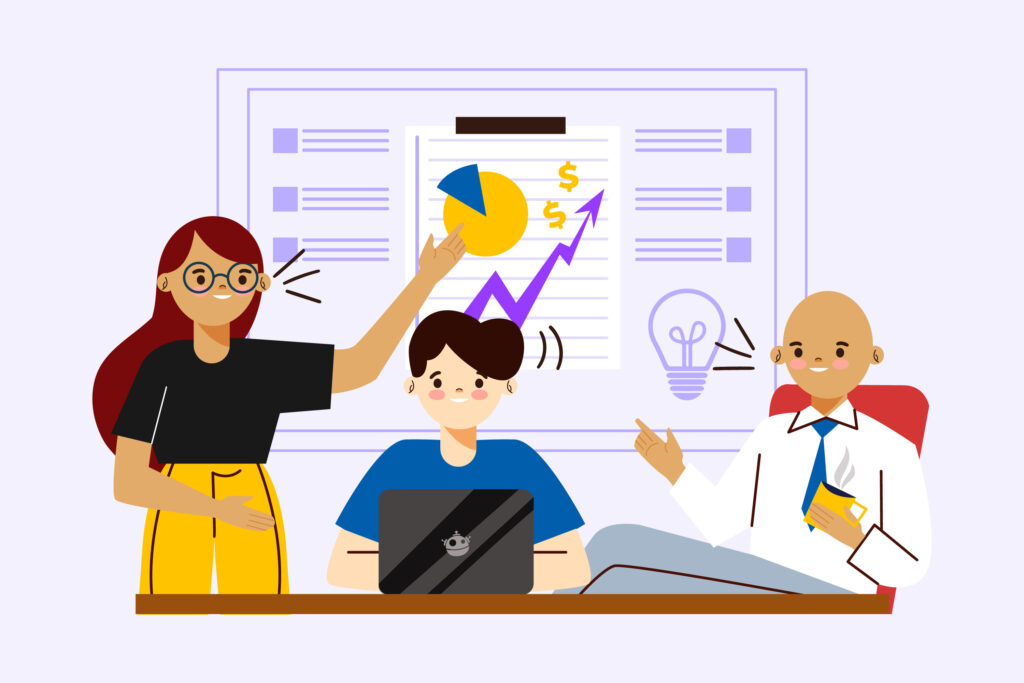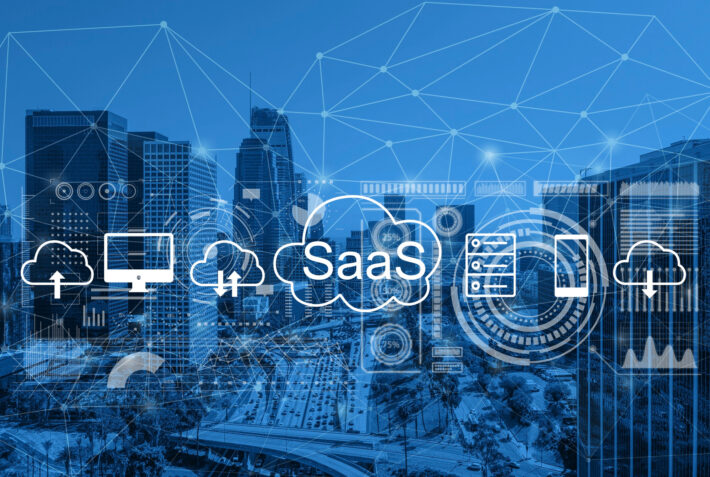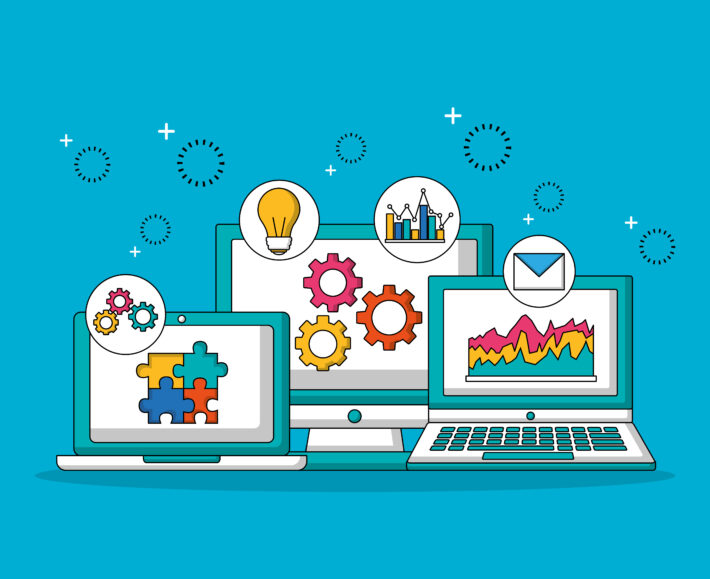10 SaaS Buying Lessons for Informed Software Acquisition

Feeling overwhelmed by the ever-expanding SaaS landscape? (Who isn’t these days?) Choosing the right software can be the difference between a streamlined, data-driven operation and a chaotic productivity vortex. The good news? By implementing a few strategic moves, you can unlock the full potential of SaaS and watch your business soar.
This guide dives deep into 10 essential lessons for informed software acquisition. Buckle up and get ready to transform your tech game!
10 Must-Know SaaS Buying Lessons for Smarter Software Selection
Choosing the right software can be a game-changer for your business. Here are 10 essential lessons to guide you toward a smarter SaaS buying decision:
1. Make sure to thoroughly define your business needs up front
Before diving into the sea of SaaS solutions, take a step back and clearly define your business needs. Understand the pain points you’re trying to address and the specific functionalities required to streamline your processes. Create a comprehensive list of must-have features and prioritize them based on their importance to your operations.
Checklist:
- Gather input from key stakeholders
- Identify current inefficiencies and bottlenecks
- Prioritize your requirements (essential, nice-to-have, optional)
2. Dedicate ample time to Researching and Shortlisting potential SaaS solutions
With your needs well-defined, it’s time to explore the market. Leverage online resources, industry publications, and peer recommendations to compile a list of potential SaaS solutions. Pay close attention to their feature sets, pricing models, and compatibility with your existing systems. Additionally, consider factors like scalability, security, and vendor reputation.
Checklist:
- Read user reviews and case studies
- Attend webinars or demos offered by vendors
- Consult industry experts or consultants for guidance
3. Prioritize solutions that offer an Intuitive and User-friendly Interface
A user-friendly interface can significantly impact user adoption and productivity. Prioritize solutions that offer intuitive navigation, a clean design, and a smooth learning curve. After all, if your team struggles to use the software, it defeats the purpose of streamlining operations.
Checklist:
- Request trial versions or sandbox environments
- Involve end-users in the evaluation process
- Assess the availability of training resources and support
4. Thoroughly Evaluate the Data Security Measures and Compliance Protocols
In today’s digital landscape, data security should be a top priority. Thoroughly evaluate the security measures implemented by potential vendors, such as encryption protocols, access controls, and data backup procedures. Moreover, ensure that the software complies with relevant industry regulations and data protection laws.
Checklist:
- Review the vendor’s security certifications and policies
- Inquire about data storage locations and redundancy measures
- Understand the vendor’s data breach response plan
5. Assess the Integration Capabilities of the SaaS solution
Most businesses rely on multiple software solutions to manage different aspects of their operations. Therefore, it’s crucial to assess the integration capabilities of the SaaS solution you’re considering. Seamless integration with your existing systems can significantly enhance efficiency and reduce manual data entry.
Checklist:
- Identify the systems and applications that require integration
- Evaluate the vendor’s integration options (APIs, pre-built connectors, etc.)
- Inquire about the availability of customized integrations, if needed

6. Investigate the Vendor’s Track Record in providing reliable support
Reliable vendor support can make or break your software experience. Investigate the vendor’s track record in addressing user concerns, providing timely updates, and resolving technical issues. Additionally, consider their financial stability and long-term viability to ensure continuity of service.
Checklist:
- Review the vendor’s support channels and response times
- Inquire about their software update and maintenance schedules
- Assess their financial health and growth trajectory
7. Carefully understand the Pricing Model and Total Cost of Ownership
While SaaS solutions often boast cost-effectiveness, it’s crucial to understand the pricing model and calculate the total cost of ownership (TCO). Consider factors such as subscription fees, additional user licenses, implementation costs, and potential future expenses like customizations or integrations.
Checklist:
- Evaluate the pricing model (per user, per feature, etc.)
- Factor in potential costs for training, data migration, and customizations
- Assess the scalability of the pricing structure as your needs evolve
8. Prioritize Scalability and Future-Proofing
As your business grows, your software needs may evolve. Therefore, choose a solution that can scale seamlessly to accommodate your expanding requirements. Moreover, consider the vendor’s roadmap and commitment to continuous innovation, ensuring that the software remains relevant and competitive in the long run.
Checklist:
- Assess the software’s capability to handle increasing data volumes and user loads
- Inquire about the vendor’s plans for future feature enhancements
- Evaluate the software’s compatibility with emerging technologies
9. Negotiate Favorable Terms and Contractual Obligations
Before finalizing your decision, carefully review the terms and conditions of the SaaS agreement. Understand the vendor’s policies regarding data ownership, service level agreements (SLAs), and termination clauses. Additionally, negotiate favorable terms that align with your business needs and protect your interests.
Checklist:
- Review the contract’s data ownership and privacy clauses
- Understand the SLA provisions and penalties for non-compliance
- Negotiate favorable termination conditions and data retrieval procedures
10. Develop a Comprehensive Plan for successful implementation and user adoption
Successful software implementation extends beyond procurement. Develop a comprehensive plan for onboarding, data migration, and user training. Additionally, foster a culture of adoption by involving end-users throughout the process and addressing any concerns or resistance to change.
Checklist:
- Create a detailed implementation roadmap with milestones
- Develop user training materials and schedules
- Identify change champions within your organization
By following these 10 must-know SaaS buying lessons, you’ll be well-equipped to navigate the software selection process with confidence. Remember, the right software solution can streamline your operations, enhance productivity, and drive business growth. Approach this decision with diligence, and you’ll be on your way to a smarter, more efficient future.

Importance of Digital Adoption Consultant to SaaS Buying
While the previous lessons equip you to make an informed decision when buying SaaS, maximizing the return on your investment requires a successful adoption process. This is where a Digital Adoption Consultant (DAC) comes in.
What is a Digital Adoption Consultant?
A Digital Adoption Consultant is a specialist who helps organizations ensure their chosen SaaS is effectively implemented and used to its full potential by employees. They bridge the gap between technology and user behavior, creating a smooth onboarding experience and ongoing support.
Here’s how a digital adoption consultant can elevate your SaaS experience:
- Smoother Onboarding: DACs create personalized training materials and walkthroughs, ensuring a quicker learning curve for your team.
- Increased User Engagement: They keep users motivated and engaged by providing ongoing in-app guidance and support.
- Improved Productivity: By minimizing frustration and confusion, DACs help users become more productive with the software faster.
- Reduced Support Costs: Easier navigation translates to fewer support tickets and a lower workload for your IT team.
- Data-Driven Insights: DACs can analyze user behavior within the software, providing valuable data to identify areas for improvement or additional training needs.
By leveraging the expertise of Digital Adoption Consultants, organizations can overcome the challenges associated with SaaS adoption, maximize user engagement, and realize the full potential of their software investment. Their strategic guidance and hands-on support ensure a smoother transition, increased productivity, and a higher return on investment for the organization.
Also read How SAAS Tools Automate Your Busywork: A Guide for Start-Up Founders



